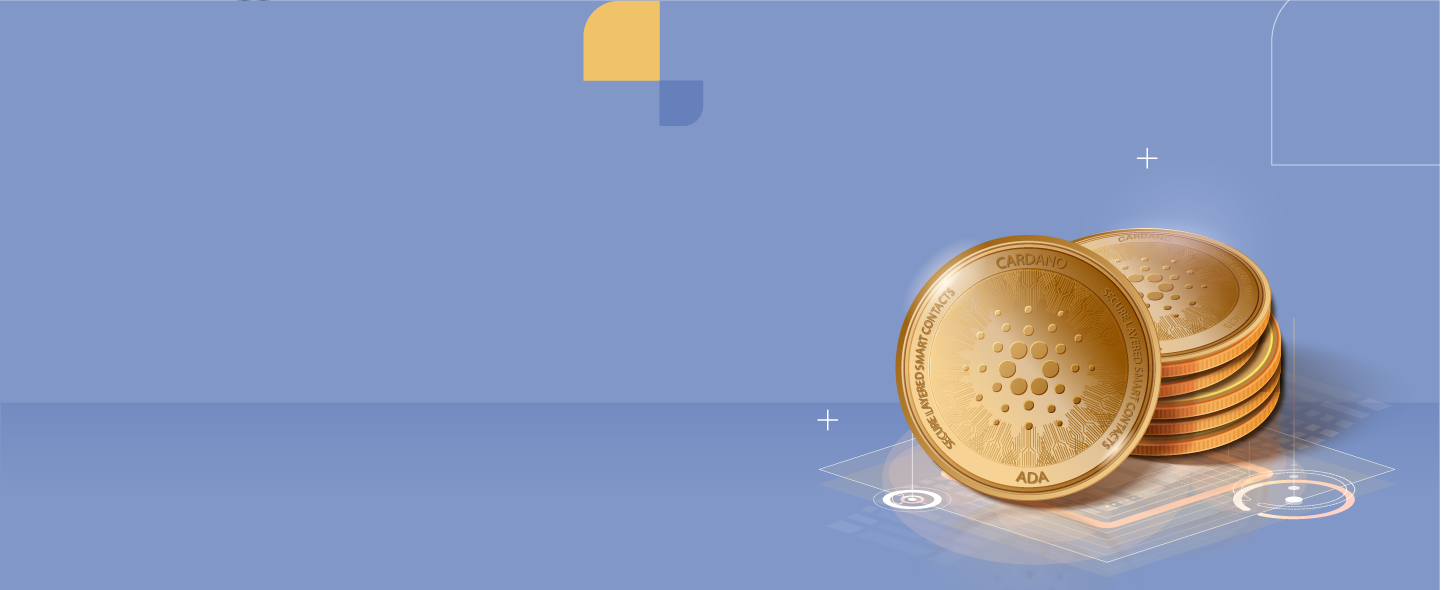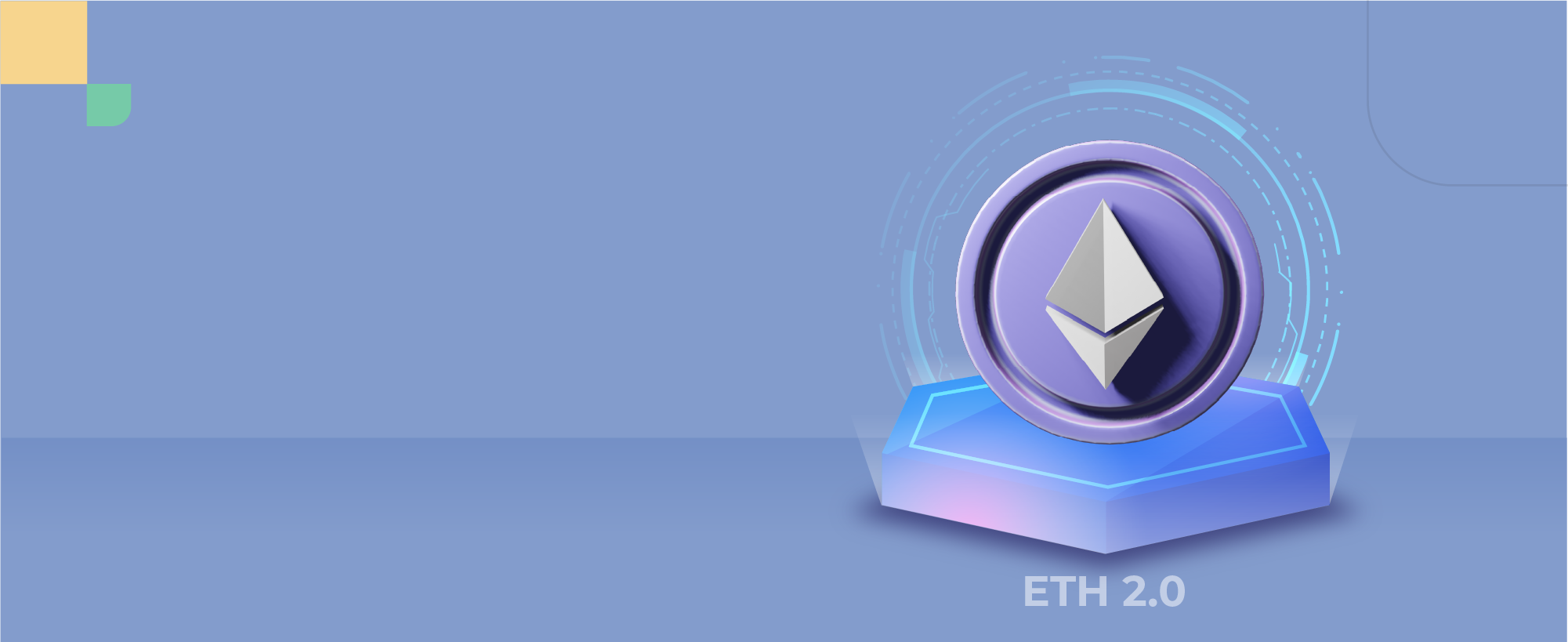The Shanghai Upgrade: What Comes Next for Ethereum?
Introduction
The Ethereum Shanghai Upgrade, also known as the next new Web3 narrative by many media outlets, is one of the topics that is currently gaining the most attention. The Shanghai upgrade for Ethereum appears to be on the horizon. The main difference that will be implemented once it is completed is that ETH holders will be able to withdraw their asset that is currently locked in the ETH 2.0 smart contract.
Previously, Ethereum’s transition to the Proof of Stake (PoS) consensus mechanism was completed in September 2022. Formerly, Ethereum’s transaction processing and validation relied on Proof of Work (PoW) and a mining mechanism. Staking 32 Ether (ETH) allows users to participate in network validation without the need to use sophisticated mining hardware to solve computational tasks.
After the Merge, when the Ethereum mainnet integrated with the PoS Beacon Chain, users haven’t been able to withdraw their locked ETH. This issue has been fixed along with the addition of withdrawal capabilities in the Shanghai update (EIP-4895). On January 5th, 2023, Ethereum developers agreed on March 2023 as the deployment date for the upgrade, which would be implemented as a network hard fork. By the end of February 2023, users will be able to test the update on a public test network that has been installed in Shanghai.
The phases of the Surge, Verge, Purge, and Splurge were highlighted on this newly released map. However, Ethereum’s main developers have chosen to slightly diverge from their initial planned objectives. The Ethereum Shanghai upgrade will serve as the first step in the current plan and give developers the opportunity to implement a number of Ethereum Improvement Proposals (EIPs) in order to speed up the introduction of EIP-4844 (also known as Proto-Danksharding).
The Last Ethereum Roadmap Diagram Released by Vitalik Buterin. Source: Twitter
- Ethereum’s roadmap should be read from left to right, not top to bottom. Each stage of the upgrade process runs in parallel with the other stages.
What is the Ethereum Shanghai Upgrade?
The Ethereum Shanghai upgrade is the upgrade planned to arrive soon after the initial Ethereum Merge deployment. As put forth by developer Tim Beiko, the Shanghai version solves three important issues surrounding Ethereum. It introduces modifications in the EVM object format, Beacon Chain withdrawals, and L2 fee reduction.
The Ethereum core team has decided to prioritize the Ethereum Shanghai network update before implementing Surge-related network changes. The Surge is an upgrade path that raises the blockchain’s maximum transaction per second (TPS).
To begin, the EVM object format will divide the code from the data. For the on-chain validators, this might be hugely beneficial. Along with the split, EIP-3540 introduces a new contract code section that facilitates in tackling and resolving significant aspects like Account Abstraction, control flow in EVM, and EIP-3074.
The Beacon chain withdrawal delay is also covered in the Shanghai upgrade. This feature of the upgrade will make it possible for Ethereum holders to withdraw their deposited ETH, something that hasn’t been previously possible.
Last but not least, the upgrade includes modifications that will significantly reduce Ethereum’s notorious gas fees. The improvements will be accomplished by balancing the block sizes and expanding the block’s call data functionality.
What Happened Prior to the Shanghai Upgrade?
As with previous upgrades, a testnet is available so that programmers can look for bugs and other problems before the launch. To make sure they stick to the deadline, the new testing network for the Shanghai upgrade, referred to as “devnet 2,” was launched on January 11. The testing network was launched by the engineers a few months after “devnet 1,” which was unveiled in November 2022.
Before the Shanghai upgrade, which will allow users to withdraw ETH staked with validators, the devnet’s primary goal was to test and detect software vulnerabilities.
What Are Ethereum Improvement Proposals (EIPs)?
The acronym “EIP” refers to “Ethereum Improvement Proposal,” which is the collective name for a set of standards and protocols that are suggested for implementation on the Ethereum platform. The particular standards and protocols that it includes are connected to Ethereum’s fundamental protocols, client APIs, smart contract standards, and so on. The definition of a certain protocol or standard is included in every EIP.
First things first, let’s get a grasp on a few of the standards that will be covered by the Ethereum Shanghai upgrade.
In March 2023, Ethereum will launch the much-anticipated Shanghai upgrade. This upgrade primarily consists of EIP-3540, EIP-3651, EIP-3670, EIP-3855, EIP-3860, EIP-4895, EIP-4200, EIP-4750, and EIP-5450 as of the time of publication; however, the eagerly awaited EIP-4844 will not be updated until May or June.
EIP-3540
This EIP introduces an extensible and version-controlled container format for EVM, primarily updating the EVM Object Format (EOF) contract bytecode. (Reference: https://eips.ethereum.org/EIPS/eip-3540)
EIP-3651
The “COINBASE” address’s conversion from a cold to a hot address is the primary goal of this EIP. (Reference: https://eips.ethereum.org/EIPS/eip-3651)
EIP-3670
When introducing code validation, this EIP mostly works with EIP-3540 contract creation. Contract bytecodes with incomplete PUSH data or undef instructions are rejected. (Reference: https://eips.ethereum.org/EIPS/eip-3670)
EIP-3855
It adds a PUSH0 opcode which pushes 0 onto the execution stack. This is a simple feature which is useful to many use cases where you need to provide 0-padded inputs to the EVM. (Reference: https://eips.ethereum.org/EIPS/eip-3855)
EIP-3860
EIP-3860 simply limits the size of INITCODE. It’s a small change which adds gas metering to execution which otherwise wasn’t charged. (Reference: https://eips.ethereum.org/EIPS/eip-3860)
EIP-4895
This EIP is mainly for activating pledged withdrawals from the Ethereum beacon chain. (Reference: https://eips.ethereum.org/EIPS/eip-4895)
EIP-4200
RJUMP, RJUMPI, and RJUMPV are three new EVM static jump instructions that the EIP introduces with the aim of network optimization and cost reduction. Reference: https://eips.ethereum.org/EIPS/eip-4200)
EIP-4750
This EIP focuses mostly on code optimization. It introduces the possibility to include numerous code segments in the bytecode. (Reference: https://eips.ethereum.org/EIPS/eip-4750)
EIP-5450
This EIP essentially changes the code validation process and boosts the network. While EVM currently conducts a significant number of validity checks, this EIP will allow contracts to operate the necessary validation at deployment time. (Reference: https://eips.ethereum.org/EIPS/eip-5450)
The Major Ethereum Improvements to Expect
1. Beacon Chain Withdrawals
The most notable upgrade with Shanghai is the activation of Beacon Chain withdrawals. Following various proposals, the Ethereum network opted on EIP-4895: Beacon chain push withdrawals as operations. EIP-4895 will allow Beacon Chain holders to withdraw their staked ETH as well as accumulated rewards. It will also introduce a system-level ‘operation’ to ‘push’ validator withdrawals from the beacon chain to the EVM. These methods generate unconditional balance increases for the recipients selected.
Etherescan reports that the total amount of ETH staked into the Beacon Chain has crossed the 16 million mark and is currently worth about $25,429,108,29.22.
Many investors think that Ethereum will have a big sell-off right after staking withdrawals are allowed. To anticipate this possibility, the Ethereum Foundation has set a queue and a limit for withdrawals, which is about 40,000 ETH per day. This prevents the chance of short-term volatility.
2. EVM Object Format
The EVM object format (EOF) aims to separate the code from the data. Currently, EIP-3540 prioritizes the separation of code and data, which is ideal for on-chain code validation. It will be a step toward interoperability. When EIP-3670, a companion to EIP-3540, is deployed, code validation for EOF contracts will be possible. Contracts containing incomplete PUSH data or unclear instructions can now be rejected.
As with the previous update, this is a major one for Shanghai Upgrade. Ethereum is the most widely used blockchain platform for executing smart contracts. By introducing EOF, the Shanghai Upgrade will ensure that ETH continues to be a market leader in this space.
3. Gas Fees Reduction
One of the improvements of Shanghai Upgrade is the reduction of Gas Fees for Layer-2 solutions operating on top of the Ethereum blockchain, such as Polygon and Optimism. These similar Layer-2 solutions have, to some extent, made Ethereum faster and cheaper, and the Shanghai Upgrade will further optimize the Gas Fees of transactions on Ethereum.
Final Thoughts
As outlined, the Ethereum core team has decided to prioritize the Ethereum Shanghai network update before Surge-related network changes.
After the Shanghai upgrade, investors can anticipate that more users will stake their ETH, as withdrawals will be enabled and investors and institutions will no longer be uncertain as to when they can unlock their tokens. However, any upgrade carries risks, which investors should consider before taking any position.
With the upcoming upgrade and the recent crypto market boom, Ethereum’s network activity increased and it became a deflationary asset yet again.




